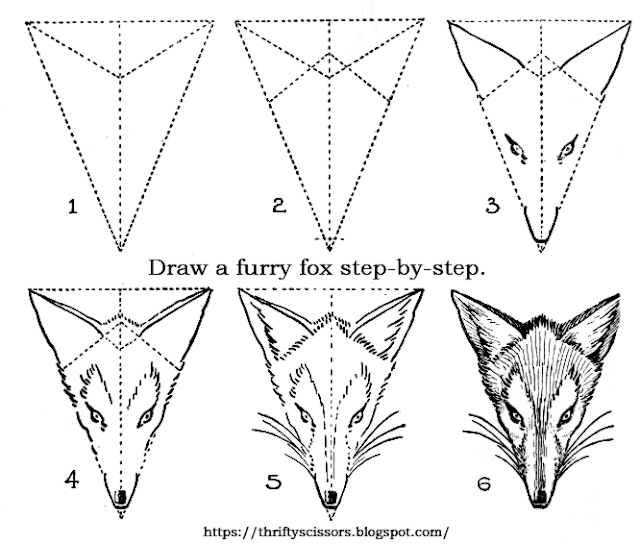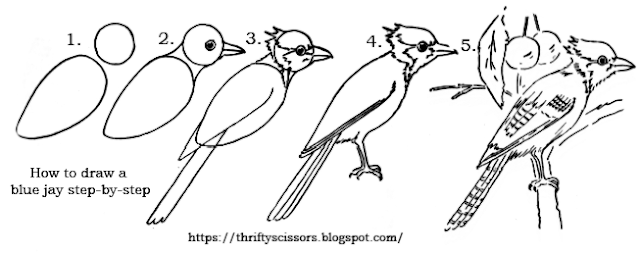 |
| It takes only five steps to draw this woodchuck. |
Woodchucks have very coarse hair, a heavy body, short bushy tail, powerful legs and feet that are made perfect for digging. Farmers do not always like them because they can do great damage to a garden or crops. In February the second he wakes from his long winter sleep and appears at the mouth of his burrow, if he sees his shadow it is supposed to be a sign of six more weeks of cold weather!
 |
| You can draw a weasel in just five steps too! |
Sometimes farmers do not like weasels because they can kill chickens. But many people love to make coats from this furry little creatures coat! For in the winter time he has a snow white coat, except the tip of his tail which is black. Sometimes he is called an ermine but when spring comes his coat turns reddish brown and then he is called a weasel.
 |
| This opossum took six steps to draw. |
An opossum is about the size of a cat and is noted for being very cunning. It has a very long tail which it likes to hang by, head down from a branch. Of course you have heard of "playing possum" which means to play dead; the opossum does this when it is threatened.















